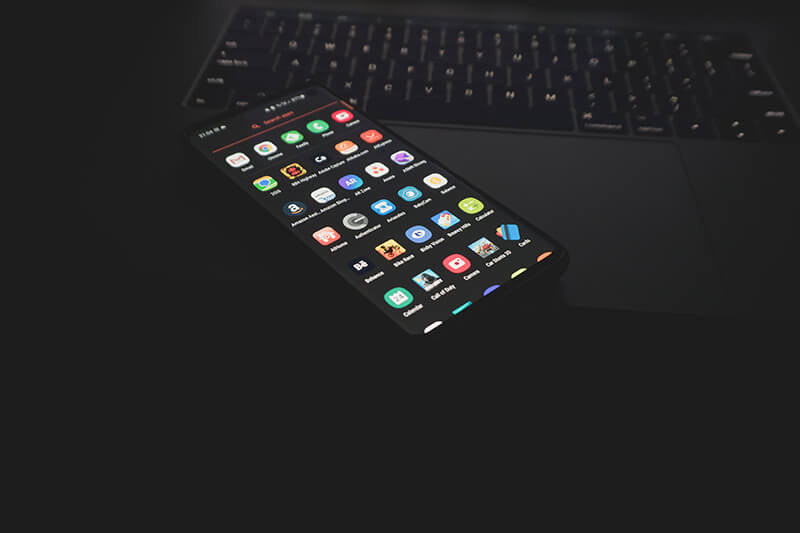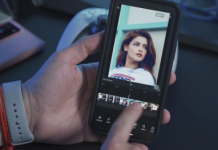
Android applications have become part and parcel of an online world. They offer multiple dimensions and features to the end-users. It is shown that users prefer apps to websites.
Apps facilitate people more effectively than websites. Users can get valuable and relevant information from just one place only.
The primary purpose of apps is to offer the minimum possible steps to achieve users’ goals.
Hence, User experience plays a significant role in your strategy.
So you need to pay more attention to the android app development‘s design and user experience.
Today there are thousands of apps available in the online world, and billions of people have smartphones in their pockets. So it’s apparent that mobile phones have surpassed desktops.
Therefore, if you want your users to linger on your app, you need to make it more user-friendly and exciting.
Throw a glance at the steps below to enhance your app user experience:
Include Features That Attract Users to Download the App
App makers don’t usually pay heed to the efforts of improving an app’s functionality for their users and, unfortunately, land up with a defective product. A number of studies suggest that users stop using an app when an app doesn’t meet their expectations.
The functionality of the app promises users to reach their prospects, which is the impulse for downloading the app.
The thing is, you need to include core features in the app that allow users to accomplish tasks effortlessly. Your app should carry exciting and appealing features and functions.
All you need to do is to offer relevant and appropriate functionalities that will persuade more people to download your app.
Last but not least, the functionality of your app should be error-free and flawless.
Develop trust and reliability while asking for Permissions
A large number of people will download an app only to be puzzled by a lengthy listing of permissions waiting to be allowed before people can use the app.
Permissions involve such as requesting credit card information when there isn’t an e-commerce function combined into an app or access to your photos with no specific need for it.
This corresponds quickly with the level of trust and comfort that users consider when installing an app, affecting overall brand integrity.
You need to provide clear and unambiguous permission policies that enable people to check how their private information is shared within a mobile app. You should avoid asking for permissions at the start,
One of the New York Times reports reveals that apps carrying location-sharing code are more prevalent than we imagine.
The report also suggests that at least 75 companies collect specific location data from apps whose users allow location settings to get local news and weather update, for instance. According to New York Times, the proclaimed locations are exact to within a few steps and, in some instances, refreshed more than 14,000 times a day.
So, if you are transparently describing your business policies and practices, app users will feel more protected, allowing permissions. You should also add direct links to your privacy regulations folio, especially for a retail app.
You can Strengthen trustworthiness by showcasing trusted badges of security, particularly when people are trusting your brand with their personal and financial information.
Choose a Simple Design for Your App
People have some specific goals in their minds while using an app, and if they encounter a problem in their path, they may get disappointed. Consequently, they revert to other options if you don’t fulfill those goals. Likewise, your mobile app’s unpopular characteristics and functionalities will only lead them away from their intent. Therefore, you should have a precise and simple design approach to create a pure and profoundly suitable mobile application. It would help if you avoided designing the complex structure in your app. It would be best if you did not puzzle your users by giving them a lot of information at the start. Thus, it would be best to use simple and easy-to-understand language while writing content for your app.
Make Your App Design Consistent
Consistency is a primary component of design. Consistency helps reduce complexity. So, It is necessary to keep an overall consistent presence throughout an app.
For instance, your app’s buttons, typefaces, and labels should be consistent throughout the app. Interactive components need to work likewise in all sections of your app. For making consistent design, it’s essential to follow guidelines such as Google’s design guidelines and Apple’s policies. If your app contradicts the guidelines, this will result in friction. Secondly, you should include native elements in your app so that users could trust your app.
Design an Excellent Onboarding Experience
Onboarding aims to prove the worth of your app to the user by showing how they can accomplish what they want speedily and efficiently.
If the user faces a problem within the first few screens, they’ll likely quit without delay. Giving an outstanding onboarding experience is a crucial factor for drawing and engaging users.
You can integrate various approaches to enhance the mobile UX throughout the onboarding phase to help users return time after time, such as a tutorial to persuade the user how the app works. Excellent user onboarding experience diminishes withdrawal rates and assists increase long-term progress metrics like user retention and user lifetime benefit.
Another thing you need to do is to lessen the number of steps required for account creation or signup. Instead, you can add other registration processes such as sign in with Facebook or Google.
In order to improve user experience, giving a great onboarding experience is the basis for retaining users.
Personalize The UX
Personalization allows your app to build more trust and reliability among users. Whenever feasible, you should personalize the UX by strengthening user data to showcase related content and stuff in the app. For instance, it provides users with particular retailer deals based on their area. The more aligned the experience is with a user’s wants and choices, the more likely they are going to use the app.
You can personalize your app by adding the user’s name on the screen.
Your app should show hyper-relevant content to each user for excellent results. Try to avoid using push notifications or irrelevant content because it will annoy the user.

Taylor is a freelance SEO copywriter and blogger. His areas of expertise include technology, pop culture, and marketing.




